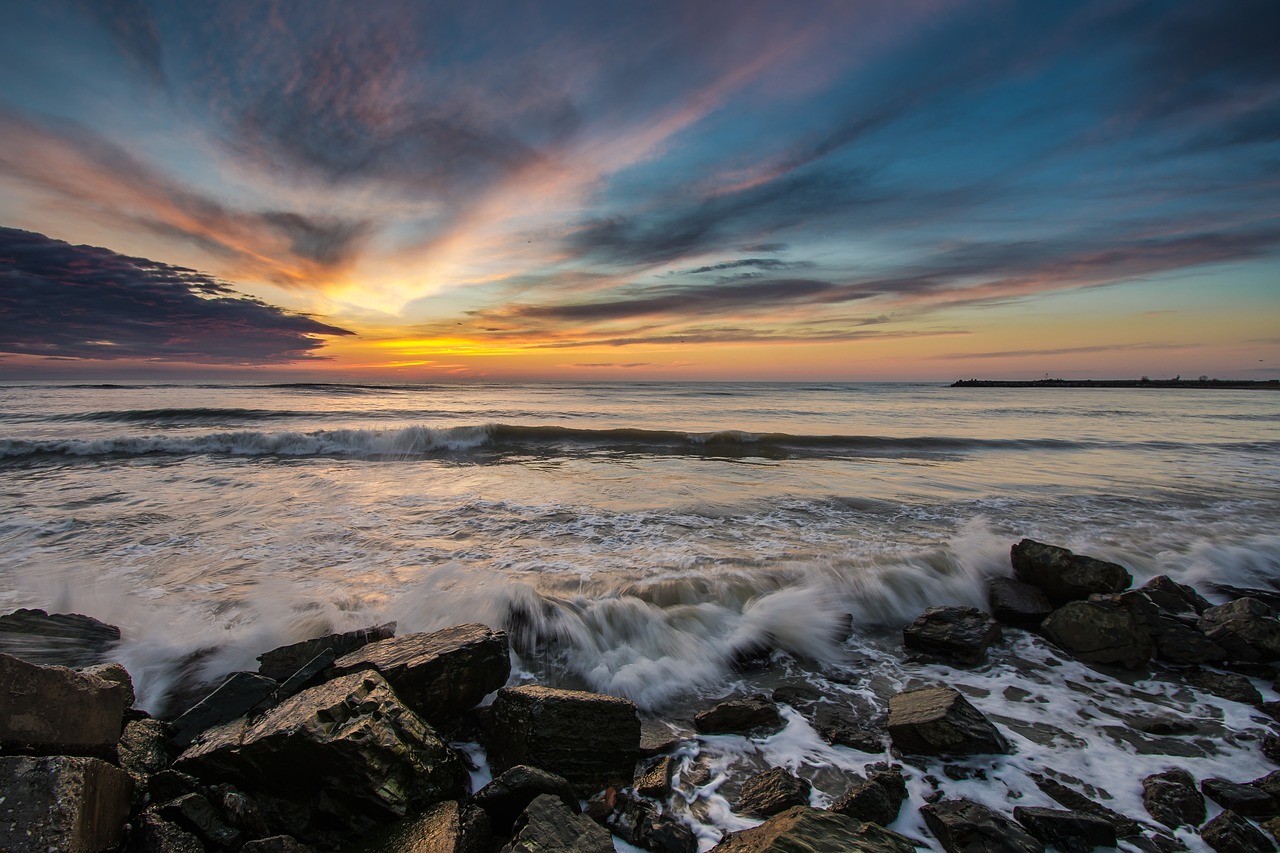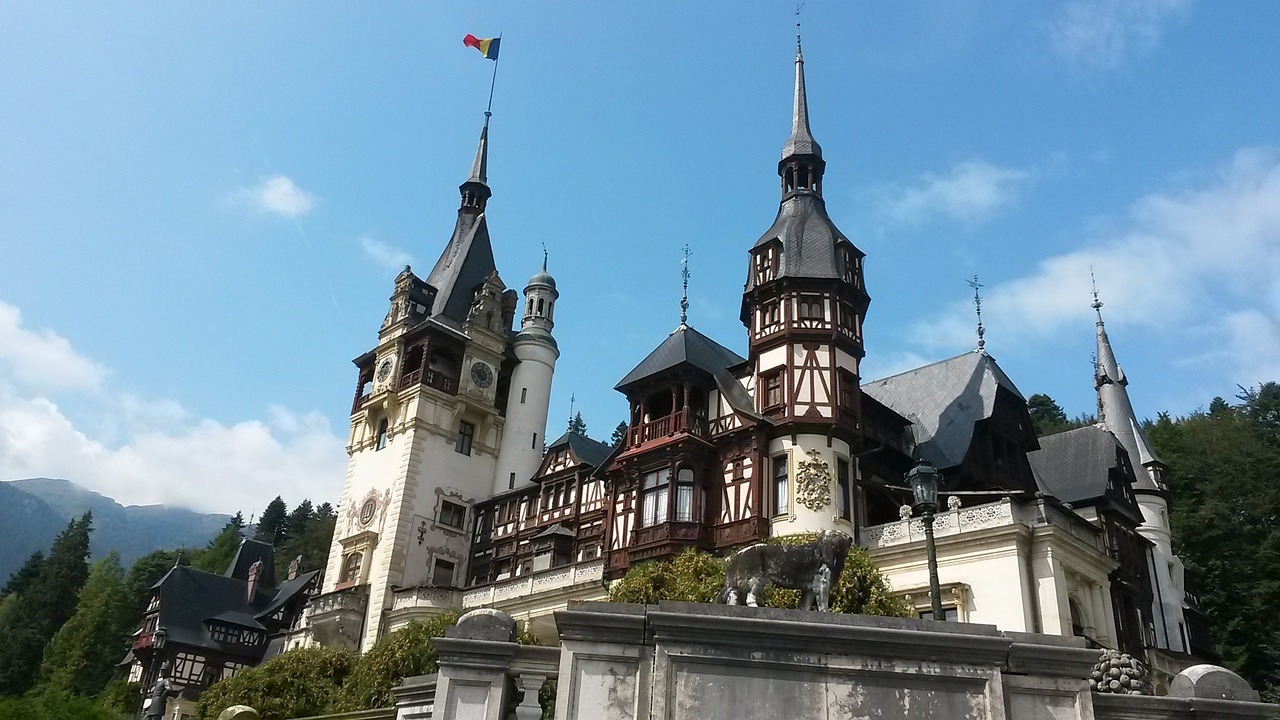Getting Around: Transportation Tips for Romania
Romania, located in Eastern Europe, is a country with a rich history, stunning landscapes, and vibrant cities. Whether you’re planning to explore the medieval castles of Transylvania, hike in the Carpathian Mountains, or visit the charming villages of Maramureș, knowing how to get around efficiently is essential. This article provides transportation tips for navigating Romania, ensuring you have a smooth and enjoyable travel experience.
1. Air Travel
Overview: Romania has several international airports, with Bucharest Henri Coandă International Airport being the busiest and most well-connected. Other major airports include Cluj-Napoca International Airport, Timișoara Traian Vuia International Airport, and Iași International Airport.
- Flight Options: Airlines such as Tarom, Wizz Air, and Blue Air offer domestic and international flights to and from Romania.
- Booking Tips: To find the best deals on flights, consider using flight comparison websites or signing up for airline newsletters to receive notifications about promotions and discounts.
- Airport Transfers: Most airports have public transportation options, such as buses or trains, that connect to the city center. Additionally, taxis and ride-sharing services are available for convenient transfers.
2. Trains
Overview: Romania has an extensive railway network that connects major cities and towns. Train travel is a popular and affordable option for getting around the country.
- Types of Trains: Romania offers different types of trains, including InterCity (IC) trains for long-distance travel, Regio trains for regional routes, and Rapid trains for shorter distances.
- Booking Tickets: Train tickets can be purchased online, at train stations, or through travel agencies. It is advisable to book in advance, especially during peak travel seasons.
- Comfort and Amenities: Trains in Romania vary in terms of comfort and amenities. Some trains offer first-class compartments, dining cars, and Wi-Fi, while others have basic seating arrangements.
3. Buses
Overview: Buses are a convenient mode of transportation for both short and long distances in Romania. They connect various cities, towns, and tourist destinations.
- Bus Operators: Companies like FlixBus, Eurolines, and Autogari operate intercity and international bus routes in Romania.
- Booking Tickets: Bus tickets can be purchased online, at bus stations, or from ticket offices. It’s recommended to book in advance, especially during peak travel periods.
- Bus Stations: Most cities and towns have central bus stations where buses depart and arrive. These stations usually have facilities like restrooms, cafes, and waiting areas.
4. Rental Cars
Overview: Renting a car in Romania provides flexibility and allows you to explore remote areas at your own pace. However, driving in Romania requires familiarity with local traffic rules and road conditions.
- Rental Companies: Major international car rental companies, as well as local providers, operate in Romania. It’s advisable to compare prices and book in advance.
- Driving Requirements: To rent a car in Romania, you generally need to be at least 21 years old and hold a valid driver’s license. International visitors may require an International Driving Permit.
- Road Conditions: While major highways are generally well-maintained, rural roads may be narrow and less developed. It’s important to exercise caution, especially in mountainous areas.
5. Taxis
Overview: Taxis are a common mode of transportation in Romanian cities and towns. They provide a convenient way to get around, especially for shorter distances.
- Official Taxis: Look for licensed taxis with clearly displayed company logos and meters. Avoid unmarked or unofficial taxis to prevent potential scams.
- Fares: Taxis in Romania typically charge a base fare plus a per-kilometer rate. Ask the driver to activate the meter at the beginning of the journey to ensure a fair fare.
- Ride-Sharing Services: Uber and Bolt (formerly Taxify) operate in major Romanian cities, offering an alternative to traditional taxis.
Romania Image 1:

6. Ridesharing
Overview: Ridesharing services have gained popularity in Romania, providing a convenient and often more affordable alternative to taxis.
- Platforms: Uber and Bolt (formerly Taxify) are the main ridesharing platforms available in Romania. You can download their apps, create an account, and request rides using your smartphone.
- Fares: Ridesharing fares are typically calculated based on distance and time. The app displays the estimated fare before confirming the ride, giving you transparency and control over the cost.
- Availability: Ridesharing services are most commonly found in larger cities like Bucharest, Cluj-Napoca, and Timișoara. In rural areas, availability may be limited.
7. Cycling
Overview: Romania’s picturesque landscapes and rural areas make it an ideal destination for cycling enthusiasts. Cycling allows you to explore the countryside and experience the country at a leisurely pace.
- Bike Rentals: In major cities and tourist areas, you can find bike rental shops that offer various types of bicycles, including mountain bikes and city bikes.
- Cycling Routes: Romania has a growing network of cycling routes, both on-road and off-road. The EuroVelo network includes several routes passing through Romania, offering scenic journeys.
- Safety: When cycling in Romania, wear appropriate safety gear, follow traffic rules, and be cautious of road conditions. It’s advisable to stick to designated cycling paths whenever possible.
Romania Image 2:

8. Ferries
Overview: Romania has several waterways, including the Danube River, which offers opportunities for ferry travel and scenic cruises.
- Danube River Cruises: Various cruise companies offer river cruises along the Danube, allowing you to explore multiple countries and experience the beauty of the river.
- Black Sea Ferries: Ferries operate between Constanta, Romania’s main port on the Black Sea, and other destinations such as Bulgaria and Turkey.
- Timetables and Booking: Ferry schedules and ticket information can be obtained from the respective ferry companies or through travel agencies specializing in river cruises.
9. Public Transportation
Overview: Romania’s cities have well-developed public transportation systems, including buses, trams, and metros, making it easy to navigate urban areas.
- Ticketing: Public transportation tickets can be purchased at ticket machines, kiosks, or directly from the driver. Some cities also offer contactless payment options.
- City Cards: Many cities have travel cards or passes that offer unlimited travel within a certain timeframe. These cards provide convenience and cost savings for frequent travelers.
- Maps and Routes: Public transportation networks are usually well-mapped, and route information can be found at stations, online, or through mobile apps.
Romania Image 3:

10. Walking
Overview: Walking is an enjoyable and eco-friendly way to explore Romania’s cities, towns, and scenic areas. Many attractions and points of interest are within walking distance of each other.
- City Centers: Romanian cities often have well-preserved historic city centers, where you can stroll through charming streets, visit landmarks, and discover local shops and restaurants.
- Safety: When walking in urban areas, be aware of your surroundings, especially in crowded places. Keep your belongings secure and follow pedestrian rules.
- Guided Walking Tours: Joining a guided walking tour can enhance your experience and provide insights into the history, culture, and architecture of the places you visit.
11. Hitchhiking
Overview: Hitchhiking in Romania is possible, particularly in rural areas where it is more common. It can be an adventurous and budget-friendly way to travel, but caution is advised.
- Safe Hitchhiking: If you choose to hitchhike, exercise caution and use common sense. Hitchhike in pairs or groups, avoid isolated areas, and trust your instincts when accepting rides.
- Communication: Basic knowledge of Romanian or carrying a phrasebook can help with communication, as some drivers may not speak English.
- Local Customs: Familiarize yourself with local hitchhiking customs and etiquette. It’s common to offer a small payment as a gesture of appreciation.
12. Horse-Drawn Carriages
Overview: In rural areas and traditional villages, horse-drawn carriages are still used as a means of transportation and a way to preserve cultural heritage.
- Local Experience: Taking a horse-drawn carriage ride allows you to immerse yourself in the traditional way of life in rural Romania and enjoy the tranquility of the countryside.
- Tourist Attractions: Some tourist destinations, such as Maramureș, offer carriage rides as a unique experience, allowing you to explore the region’s wooden churches and picturesque landscapes.
- Respect for Animals: When choosing a horse-drawn carriage ride, prioritize operators who treat their animals well and ensure their welfare.
Conclusion
Navigating Romania’s transportation options is key to exploring the country’s diverse attractions. Whether you prefer the convenience of air travel, the scenic routes of trains and buses, the freedom of a rental car, or the local experiences offered by taxis, ridesharing, cycling, or walking, Romania has transportation options to suit every traveler’s needs. Remember to plan ahead, consider the distances between destinations, and embrace the unique experiences each mode of transportation offers.
References
– Lonely Planet: www.lonelyplanet.com/romania
– Romanian Railways (CFR): www.cfrcalatori.ro
– Bucharest Henri Coandă International Airport: www.bucharestairports.ro
– FlixBus: www.flixbus.com
– Uber: www.uber.com
– EuroVelo: www.eurovelo.com
– Romanian Ministry of Foreign Affairs: www.mae.ro
– Romanian National Tourist Office: www.romaniatourism.com

